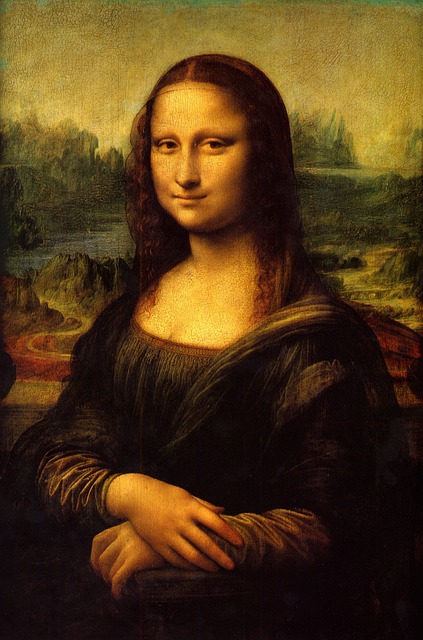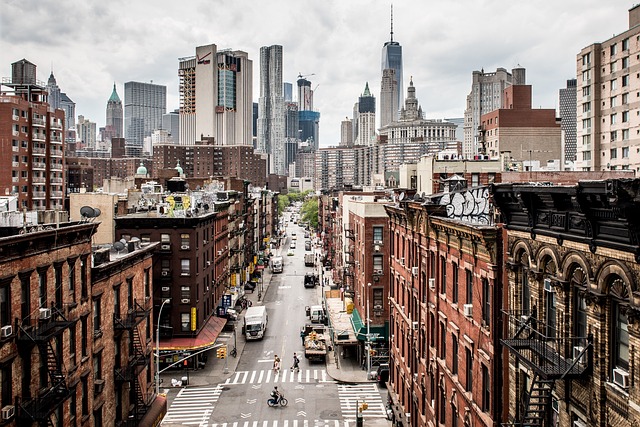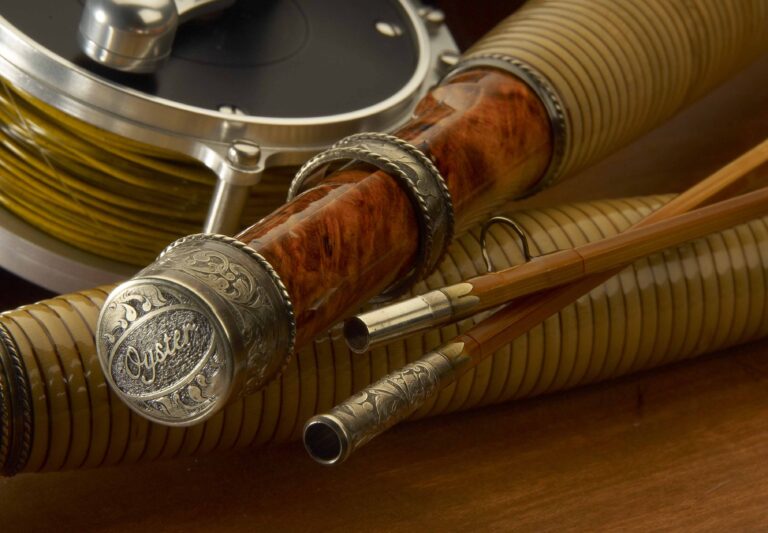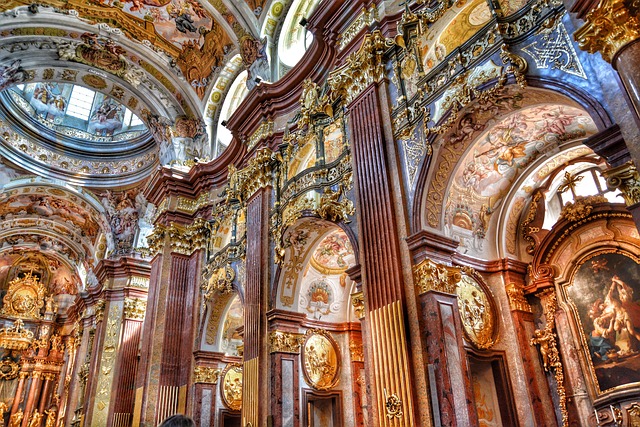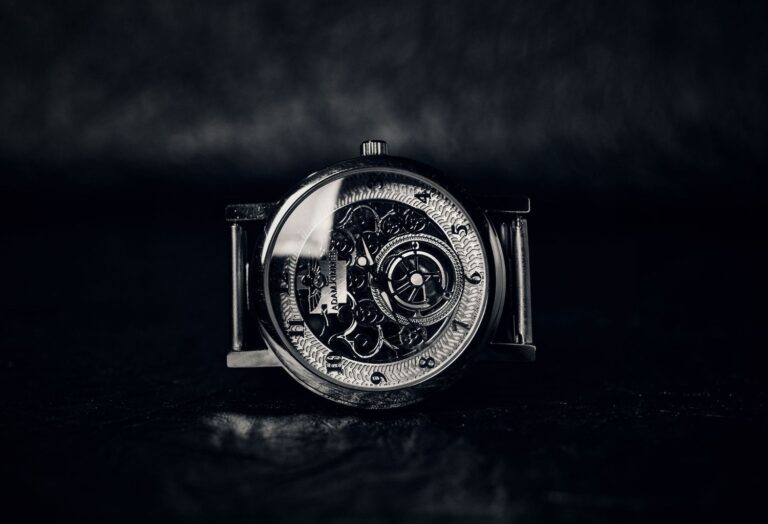Which Paintings Are Considered the Most Expensive in Art History
Money and art have long danced a complex tango, with exorbitant price tags testing the boundaries of possibility. In the lofty realm of art history, certain paintings hold distinctions that go far beyond their aesthetic appeal; they command jaw-dropping sums at auction houses and embellish the collections of renowned magnates and institutions. Curiosity enthusiasts and art aficionados alike yearn to unravel the enigma of the most expensive paintings ever sold, triggering a quest to understand what makes these artworks truly priceless. In this article, we embark on a journey through time, exploring the rarefied air of the art market as we bring into the spotlight the most revered and valuable paintings to have graced human history. Leave all pretense at the door, as we delve straight into the captivating stories behind these coveted masterpieces, all while questioning the very essence of what defines worth in the world of art.
Table of Contents
- Masterpieces that Commanded Astronomical Prices: The Top 5 Most Expensive Paintings in Art History
- Exploring the Factors that Determine the Staggering Value of Paintings: A Closer Look at Auction Results
- Intangible Beauty Meets Material Worth: An Analysis of Symbolism in the World’s Costliest Artworks
- When Price Knows No Boundaries: The Controversial Journey of the Most Expensive Paintings
- Investing in a Legendary Canvas: Valuable Insights on Collecting High-Priced Artworks
- Unlocking the Secrets Behind Exorbitant Auction Bids: Strategies for Navigating the World of Expensive Paintings
- FAQs
- The Conclusion
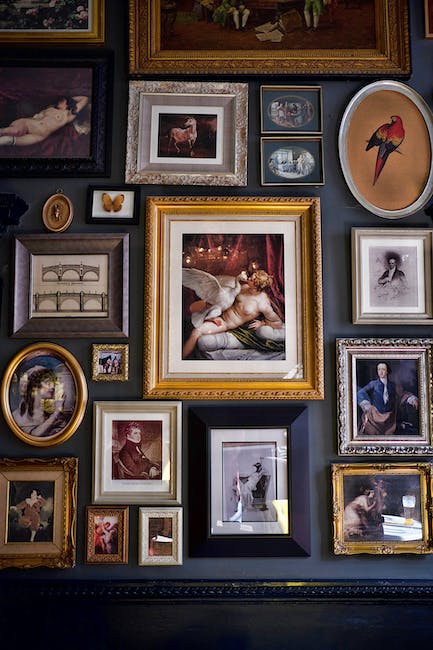
Masterpieces that Commanded Astronomical Prices: The Top 5 Most Expensive Paintings in Art History
Prepare to be mesmerized by the astonishing world of art where mere strokes of a brush can transform a canvas into a priceless masterpiece. Today, we embark on a journey to unveil the top 5 most expensive paintings that have ever graced the art world, leaving both art enthusiasts and collectors awestruck.
At the pinnacle of this list stands the awe-inspiring “Salvator Mundi” by Leonardo da Vinci. This extraordinary painting, depicting Jesus Christ holding a crystal orb, commanded an astronomical price of $450.3 million at an auction in 2017. Its impeccable composition, combined with the enigma surrounding the artist himself, catapulted “Salvator Mundi” into a realm of unparalleled worth, making it the most expensive painting in the history of art.
- Second on our list, we have Pablo Picasso’s revered masterpiece, “Les Femmes d’Alger (Version ‘O’)”. Fetching an astounding $179.4 million, this vibrant and geometrically complex piece showcases the artist’s unique style and talent.
- Next in line is Amedeo Modigliani’s “Nu couché” (also known as “Reclining Nude”). Its sensuous portrayal of a reclining woman captivated buyers, resulting in a staggering price of $170.4 million.
- Claiming the fourth spot is Francis Bacon’s haunting triptych, “Three Studies of Lucian Freud”. This visceral work, depicting Bacon’s close friend and fellow painter, sold for a mind-boggling $142.4 million.
- Finally, we have another fantastic creation by Pablo Picasso, “Nude, Green Leaves, and Bust,” securing the fifth position on our list. This stunning portrayal of Picasso’s mistress fetched a staggering $106.5 million.
These five masterpieces have rewritten the boundaries of art and have become the epitome of artistic brilliance and value. From the enigmatic Renaissance genius of Leonardo da Vinci to the bold and inventive strokes of Pablo Picasso, these paintings have left an indelible mark on the art world and continue to awe and inspire generations to come.
Exploring the Factors that Determine the Staggering Value of Paintings: A Closer Look at Auction Results
When it comes to the world of art, the value of a painting can often leave us awe-struck. So, what exactly determines the staggering prices that paintings fetch at auctions? Let’s dive right into it and explore the key factors that play a crucial role in determining the value of these artistic masterpieces.
Artistic Significance:
- Mastery of Technique: Paintings that exhibit exceptional technical skill and precision tend to command higher prices. This includes the artist’s proficiency in brushwork, use of color, and level of detail.
- Originality and Innovation: Unique artworks or those that introduce groundbreaking ideas often captivate collectors, leading to increased demand and subsequently driving up their value.
- Historical and Cultural Relevance: Paintings that reflect or document important events, movements, or cultural shifts tend to attract significant attention, as they provide insights into our collective history and heritage.
Artist Matters:
- Renowned Artists: Paintings created by well-established and highly regarded artists naturally gain prestige and value due to the reputation and demand associated with their names.
- Career Trajectory: The artist’s career progression also influences the value of their works. Early works or those from a specific period may hold historical significance, making them more sought-after and valuable.
- Rarity: Limited supply can greatly impact the value of a painting. If an artist has produced only a few works throughout their career or if a particular style or period is scarce, the demand for their paintings will likely drive their prices up.

Intangible Beauty Meets Material Worth: An Analysis of Symbolism in the World’s Costliest Artworks
The world’s costliest artworks not only hold staggering material worth but also encompass an intangible beauty that transcends their monetary value. Through a profound analysis of symbolism, these artworks reveal hidden layers of meaning and evoke emotions that stir the soul. Delving into the realm where intangible beauty meets material worth, this exploration explores the captivating world of symbolism embedded in these priceless masterpieces.
Symbolism plays a pivotal role in the world’s costliest artworks, acting as a visual language that conveys complex ideas and emotions. The use of symbolic elements allows artists to communicate concepts and provoke thought on a level that surpasses words. From the intricate placement of objects to the choice of colors, every element carries significance, inviting viewers to embark on a journey of interpretation.
- Iconic imagery: These artworks often feature iconic imagery that symbolizes cultural and historical contexts. Familiar motifs can evoke collective memories and create connections across time and space.
- Metaphorical expressions: Symbolism in these priceless artworks uses metaphors to convey abstract ideas and emotions. Metaphorical expressions open the door for personal interpretation and reflection.
- Hidden messages: Artists cleverly embed hidden messages within their creations, weaving narratives that require a discerning eye to uncover. These cryptic messages add depth and intrigue to the artistic experience.
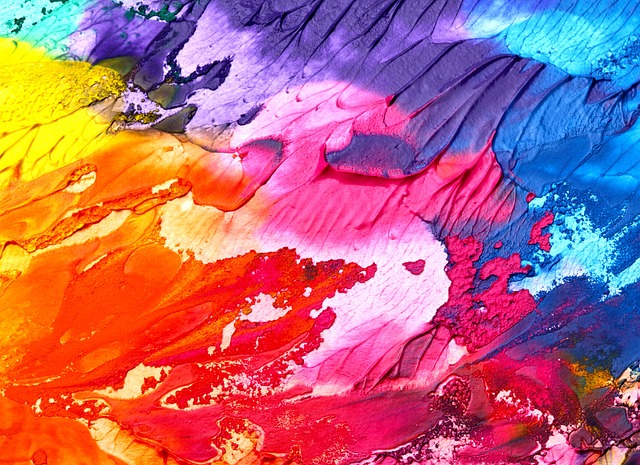
When Price Knows No Boundaries: The Controversial Journey of the Most Expensive Paintings
The world of art has witnessed some truly mind-boggling prices for paintings, proving that when it comes to value, there is sometimes no limit. These magnificent works of art have caused controversies and heated debates, captivating both art enthusiasts and critics alike. From breathtaking masterpieces to iconic works, the journey of the most expensive paintings is an intriguing saga that unveils the relentless pursuit of beauty and uniqueness.
What makes these paintings so sought after? It is a combination of exceptional craftsmanship, historical significance, and scarcity that often drives their prices to astronomical levels. But it is not just a matter of brushstrokes and talent; these extraordinary artworks hold stories, emotions, and even secrets within their canvas. Whether it is the enigmatic smile of the Mona Lisa or the dreamy starry night depicted by Van Gogh, each stroke of the artist’s brush tells a tale that transcends time.

Investing in a Legendary Canvas: Valuable Insights on Collecting High-Priced Artworks
Why should you consider investing in high-priced artworks?
High-priced artworks have always been a symbol of prestige and wealth. They are more than just beautiful pieces to adorn your walls; they are a canvas that tells a story, carries a legacy, and holds immense value. By investing in high-priced artworks, you gain access to a world imbued with creativity, culture, and history.
Insights on collecting high-priced artworks:
- 1. Authenticity is key: When dealing with high-priced artworks, ensuring their authenticity is crucial. Conduct thorough research, consult experts, and request certificates of authenticity. This step is vital in preserving the value and integrity of your investment.
- 2. Understand the artist: Take the time to delve into the artist’s background, artistic journey, and their impact on the art world. Familiarize yourself with their style, influences, and the stories behind their artworks. This knowledge will enhance your appreciation and understanding, making you a more informed collector.
- 3. Diversify your collection: Just as in any investment portfolio, diversification is key. Explore different genres, mediums, and periods. Building a diverse collection not only adds depth and variety to your investments but also protects against fluctuating market trends.
- 4. Keep an eye on market trends: Staying informed about the art market is crucial to successful art collecting. Be aware of current trends, emerging artists, and any industry news that may impact the value of your collection. Remember, knowledge is power in the world of art investments.
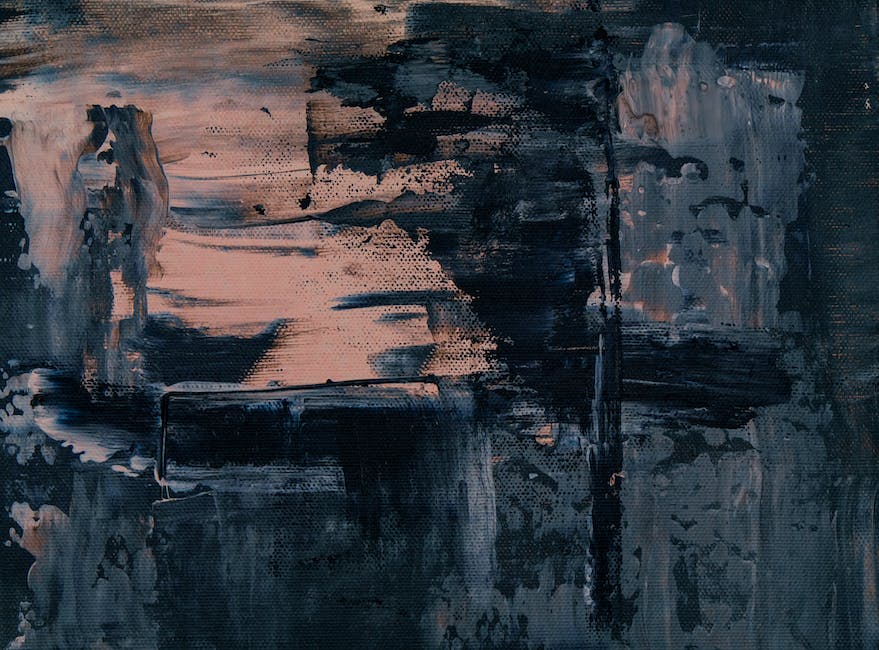
Unlocking the Secrets Behind Exorbitant Auction Bids: Strategies for Navigating the World of Expensive Paintings
When it comes to the intriguing world of expensive paintings, deciphering the reasons behind exorbitant auction bids can seem like unraveling a mysterious tapestry. However, with the right strategies, navigating this complex arena becomes a possibility. Here are some helpful tips to unlock the secrets behind those jaw-dropping auction prices:
- Research the artist: Before delving into the realm of expensive paintings, it’s crucial to gain a deep understanding of the artist behind the masterpiece. Dive into their background, artistic style, critical reception, and any notable achievements. This knowledge equips you to better comprehend the value and market demand for their work.
- Explore art market trends: Keep a finger on the pulse of the art market to identify emerging trends and shifts in demand. Galleries, museums, and specialized publications are excellent resources for staying updated. By focusing on artists whose work is currently hot on the market, you increase your chances of encountering paintings with higher price potential.
- Network with experts: Building connections with experts in the art industry can provide invaluable insights. Attend art events, museum exhibitions, and auctions to engage with fellow enthusiasts, curators, and collectors. Establishing relationships with art dealers and auction house representatives enables you to tap into their expertise and gain a deeper understanding of the factors influencing bidding strategies.
Additionally, when navigating the world of expensive paintings, it’s essential to develop a discerning eye and trust your instincts. Here are a few more strategies to consider:
- Consider provenance: The painting’s history and ownership record, also known as provenance, can significantly impact its value. Investigate the artwork’s past, including previous owners, exhibitions, and sales records. Paintings with an illustrious provenance often fetch higher prices due to their historical significance and associations.
- Assess condition and authenticity: Thoroughly examine the painting for any signs of damage, restoration, or forgery. Consulting experts or art appraisers helps determine the artwork’s authenticity and its effect on its market value. Minor flaws or inconsistencies may reduce the bidding price, while impeccably preserved or rare works tend to command higher bids.
- Set a budget and stick to it: With the adrenaline-fueled excitement of auctions, it’s crucial to establish a budget beforehand and adhere to it. By knowing your financial limitations and remaining disciplined, you avoid getting caught up in bidding wars that could lead to remorse or financial strain.
FAQs
FAQs – Which Paintings Are Considered the Most Expensive in Art History?
1. What is the most expensive painting ever sold?
– The most expensive painting ever sold is “Salvator Mundi” by Leonardo da Vinci, which fetched a jaw-dropping $450.3 million at an auction.
2. Why is “Salvator Mundi” so expensive?
– “Salvator Mundi” is considered priceless for its historical significance and rarity as one of Leonardo da Vinci’s few surviving works. Its unique artistic value and global recognition among art enthusiasts drove up the price.
3. Are there any other paintings that have reached similarly high prices?
– Yes, there are a few. “Interchange” by Willem de Kooning sold for $300 million, “The Card Players” by Paul Cézanne sold for $250 million, and “Nafea Faa Ipoipo?” by Paul Gauguin sold for around $210 million.
4. Is the value of these paintings constant?
– No, the value of artworks can fluctuate depending on various factors. A painting’s perceived value may change based on its condition, provenance, market demand, and aesthetic trends. The ever-evolving art market influences these values.
5. Who buys such expensive paintings?
– Most often, ultra-wealthy collectors, art investors, museums, or privately owned galleries purchase these paintings. Some collectors focus on preserving cultural heritage, while others view art as a long-term investment.
6. Does the price paid for a painting always determine its artistic value?
– The price paid for a painting does not necessarily determine its artistic value. While high prices can imply artistic merit, the appreciation and interpretation of art are subjective. Some revered artworks may have been acquired at lower prices initially.
7. Can I visit these expensive paintings?
– Some expensive paintings may be privately owned and hidden away in personal collections, while others are displayed in museums, ensuring public access. Popular artworks often travel for special exhibitions, allowing diverse audiences to experience them.
8. Are there any upcoming auctions or sales with potentially expensive paintings?
– Keep an eye on renowned auction houses like Sotheby’s and Christie’s for upcoming art sales. These events occasionally feature rare and valuable paintings that might break records, attracting international attention.
9. Can I invest in expensive paintings?
– Investing in art requires knowledge, expertise, and careful consideration. It is advisable to consult art market professionals or investment advisors specializing in this field to understand the risks and potential returns associated with art investment.
10. How can I learn more about expensive paintings and art history?
– To delve deeper into the world of expensive paintings and art history, you can explore books, documentaries, online resources, or visit museums and galleries. Joining art appreciation courses or engaging with experts in the field can enhance your understanding as well.
In Summary
In conclusion, we have explored the world of art and its hefty price tags. We’ve dived into the fascinating realm of paintings and discovered the ones that have reached astronomical values throughout history. From Leonardo da Vinci’s “Salvator Mundi” to Willem de Kooning’s “Interchange,” these masterpieces have commanded jaw-dropping prices, leaving us in awe of their worth. But beyond the numbers, these paintings hold immense artistic and cultural significance, carrying the stories and emotions of their creators. As the art market continues to evolve, we can only wonder what new records will be set, and which paintings will join the prestigious club of the most expensive artworks ever sold.

